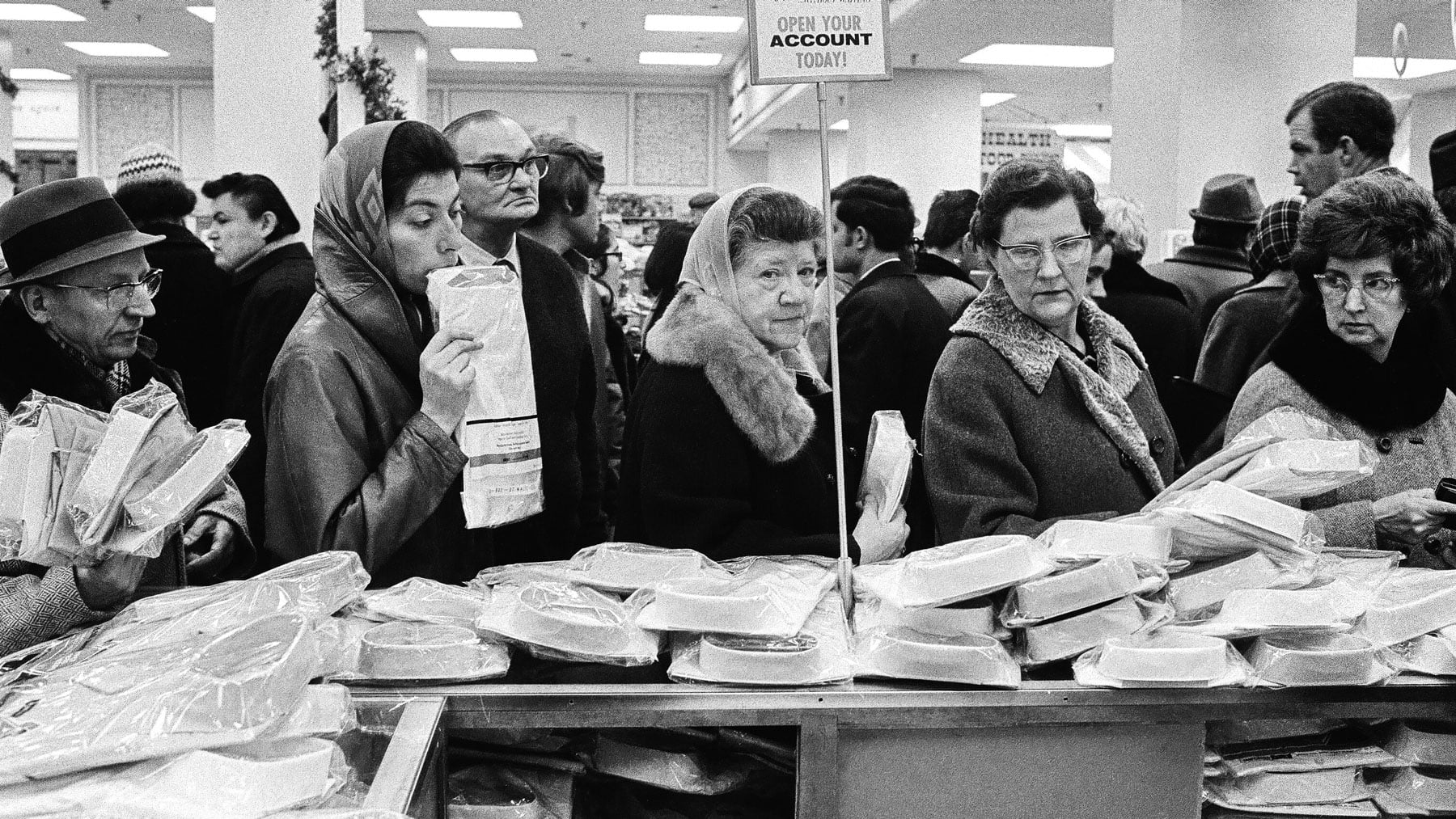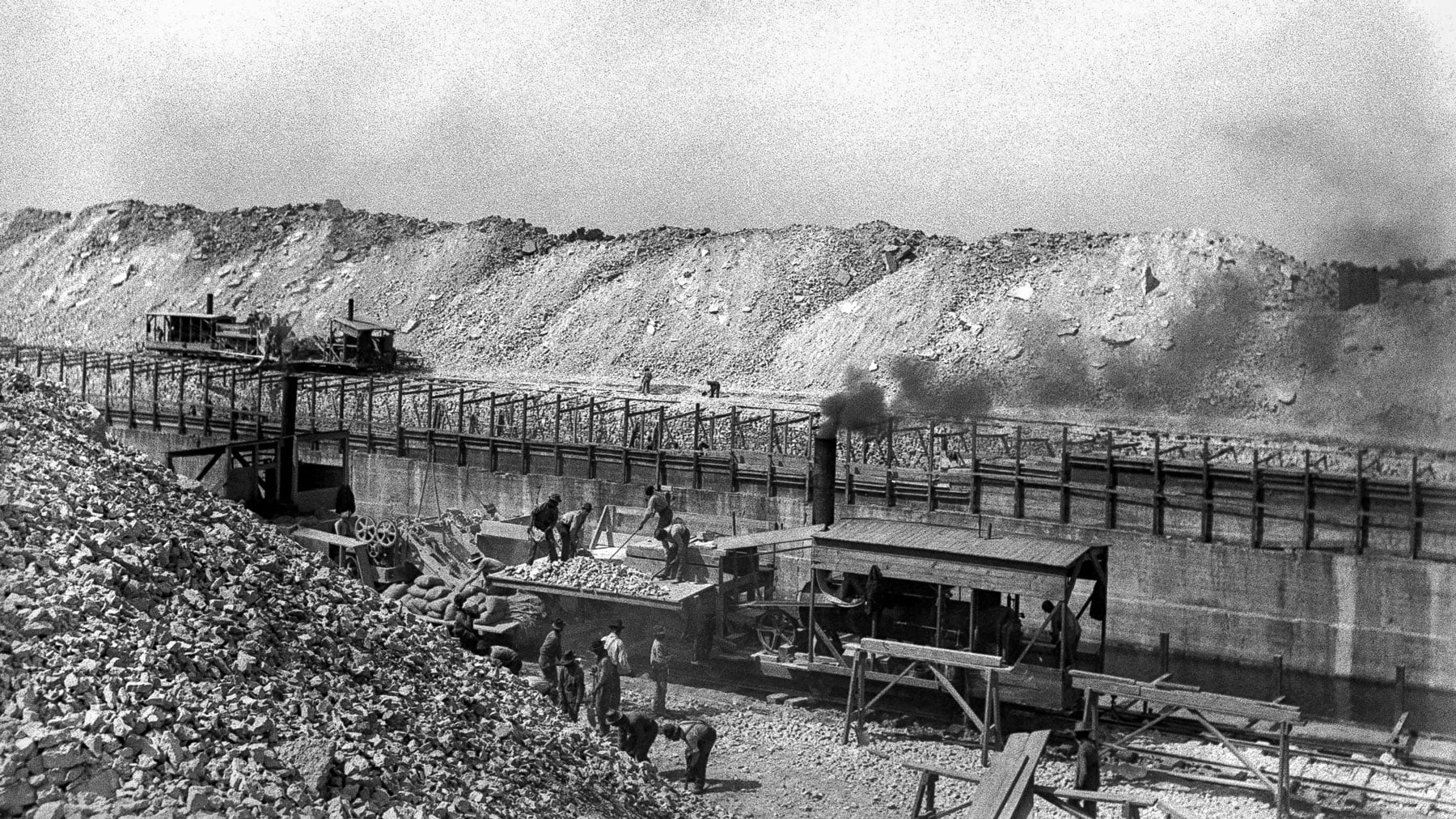The 1893 World’s Fair gave the world a lot of things: the zipper, the dishwasher, Pabst Blue Ribbon beer, and the Ferris wheel. A few sweet treats either made their debut or were inspired by the fair’s White City on Chicago’s South Side. “At the Columbian Exposition, it was like candy went from black and white to color,” Beth Kimmerle, author of Candy: A Sweet History, told Chicago Stories. Below are a few of the beloved snacks with ties to the fair.
The Brownie

Chicago socialite and philanthropist Bertha Palmer is said to have instructed the kitchen at the Palmer House Hotel to create a sweet snack for the World’s Fair. She wanted pastry chef Joseph Sehl to concoct a treat that was small enough to fit in the boxed lunches at the Women’s Pavilion. The original recipe was pretty straightforward – chocolate, sugar, butter, flour, eggs, vanilla, and crushed walnuts. But the original is also topped with an apricot glaze. The Palmer House still makes the brownies from the original recipe today.
Wrigley’s Juicy Fruit Gum

Just two years before his gum debuted at the World’s Fair, William Wrigley Jr. arrived in Chicago with only $32 to his name. Wrigley certainly didn’t invent gum, but his Juicy Fruit stuck after its introduction at the World’s Fair. Wrigley’s Spearmint was released that same year. Leslie Goddard, author of Chicago’s Sweet Candy History, told Chicago Stories that the proliferation of machinery that allowed the mass production of candy, as well as the new concept of branded candy (as opposed to smaller shops or wholesale candy), helped give people such as Wrigley an edge. “[Branded candy] really does get this massive boost right at that time. The 1890s, early 1900s is when you see the first big boom in manufactured candy in the city of Chicago.” Read more about Wrigley’s journey to gum popularity.
Cracker Jack

German brothers Frederick and Louis Rueckheim created a snack that featured molasses-coated popcorn and peanuts, and it was introduced to a larger audience and popularized at the World’s Fair. It received its name, Cracker Jack, later on when a salesman tried it and declared, “That’s crackerjack!” The addictive, sweet-and-salty combination is reflected in its old motto, “The more you eat, the more you want.” The treat was made even more popular by the song “Take Me Out to the Ballgame,” in which the lyrics “Buy me some peanuts and Cracker Jack” was a handy bit of free advertising. As Susan Benjamin writes in Sweet as Sin, “It was simply a stroke of luck beyond anything a marketer could muster.” The prizes included in the box didn’t hurt, either.
A Sweeter Chocolate

Pennsylvania can rightfully claim Hershey’s chocolate as its own, but the Chicago World’s Fair played a major role for confectioner and businessman Milton Hershey. The Emperors of Chocolate author Joël Glenn Brenner told Chicago Stories that the fair was a “turning point” for chocolate-making. Prior to the exposition, the confectionary world was quite different: chocolate was bitter, and as the owner of the Lancaster Caramel Company, Hershey was not yet in the chocolate business. But when Hershey visited Chicago in 1893, he saw German engineer J. M. Lehmann’s machinery, which took the bitter chocolate and turned it into a much sweeter milk chocolate. “He is fascinated not only by the machinery, but because that aroma, that smell…imagine if you’d never smelled that before,” Brenner said. “He is wowed.” Hershey bought the machinery on the spot and had it shipped to Pennsylvania when the fair closed. He created the Hershey Chocolate Company the next year.




















